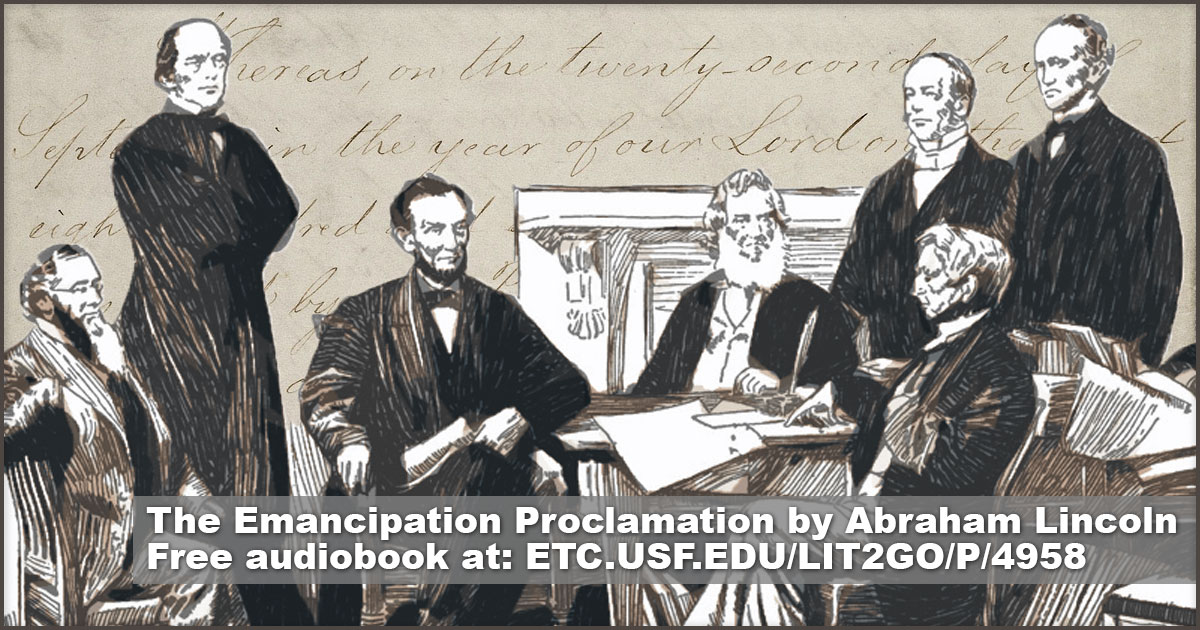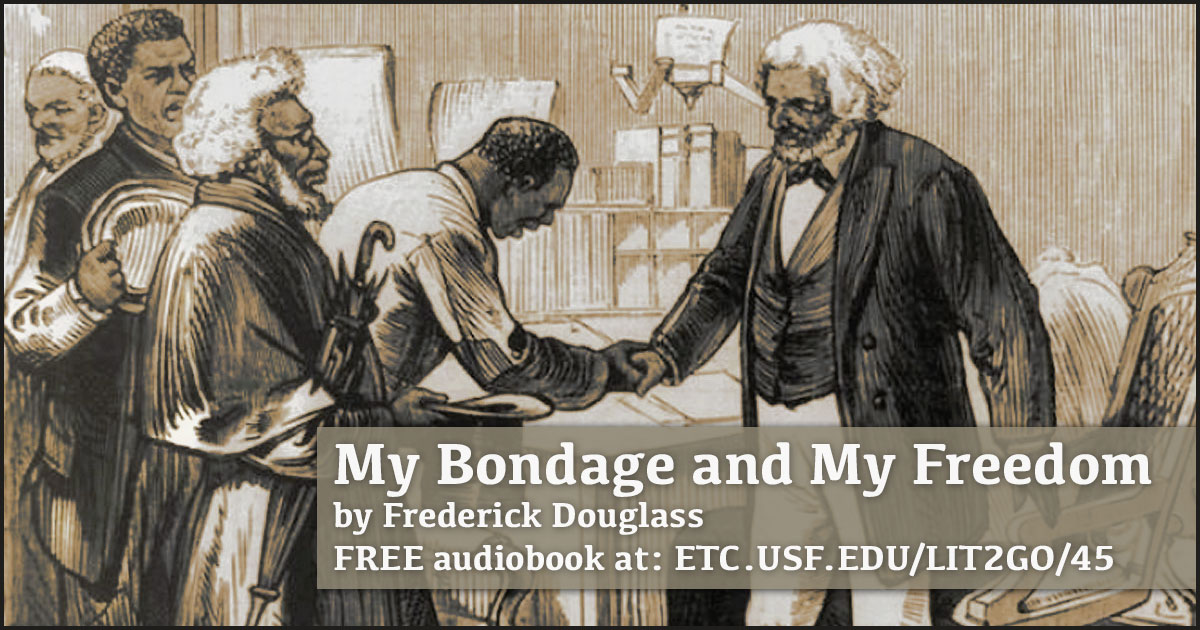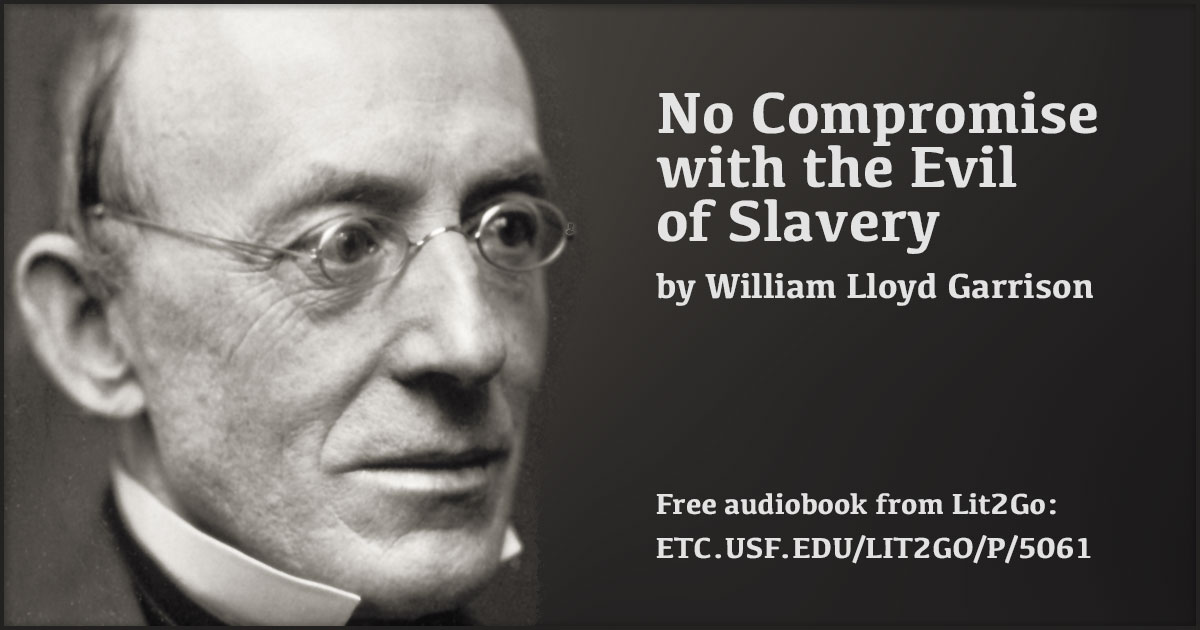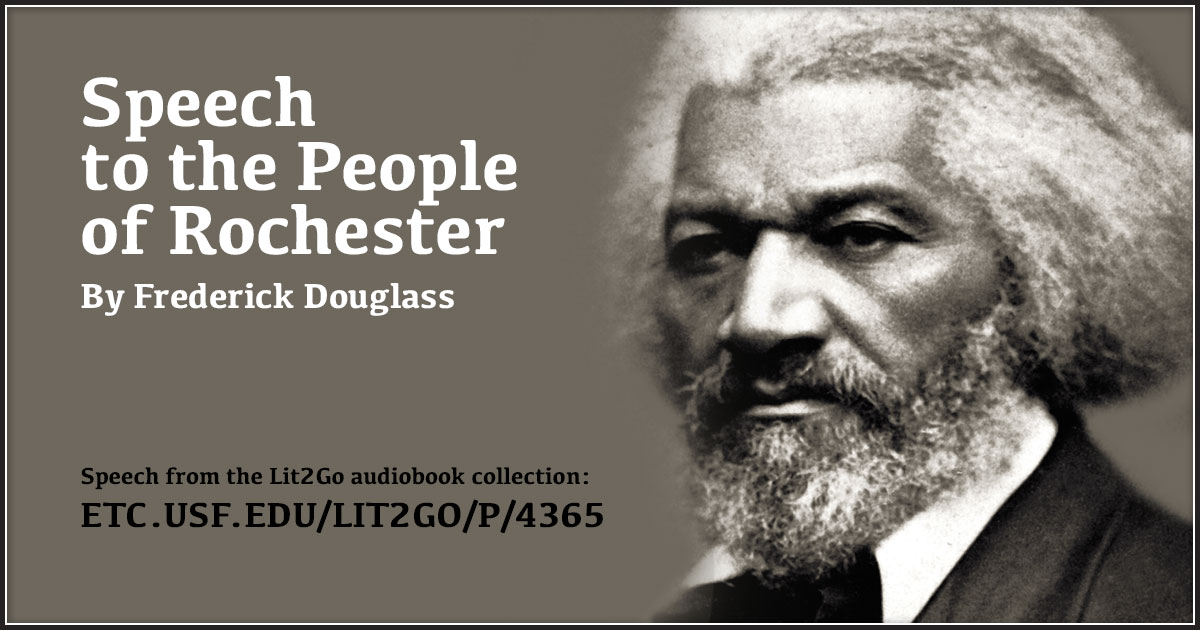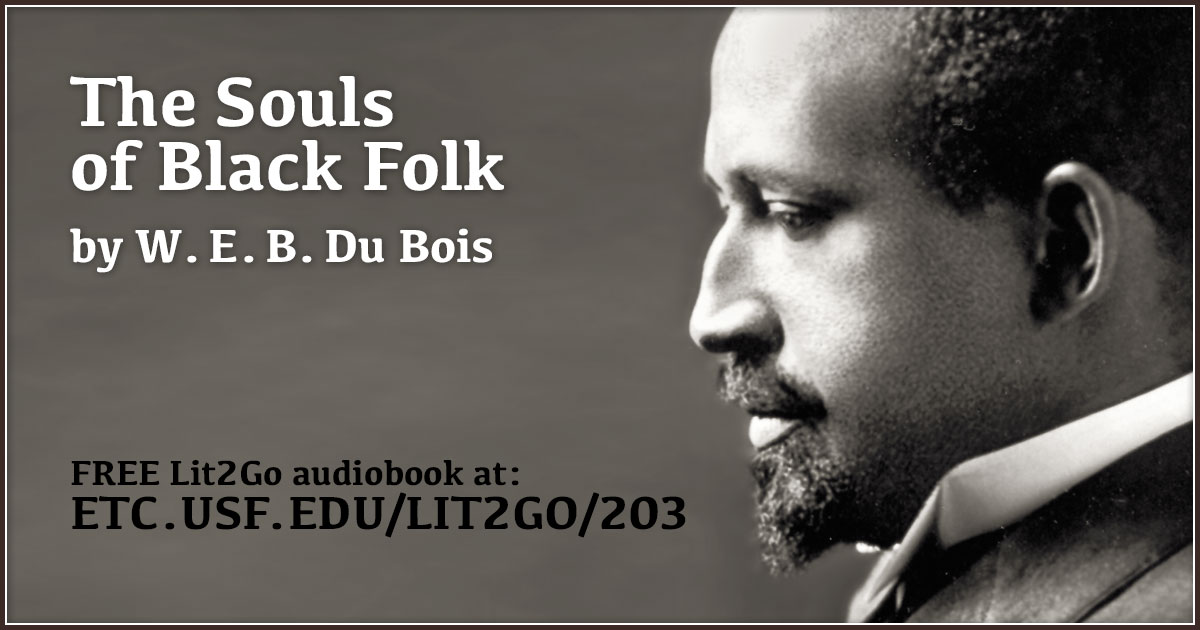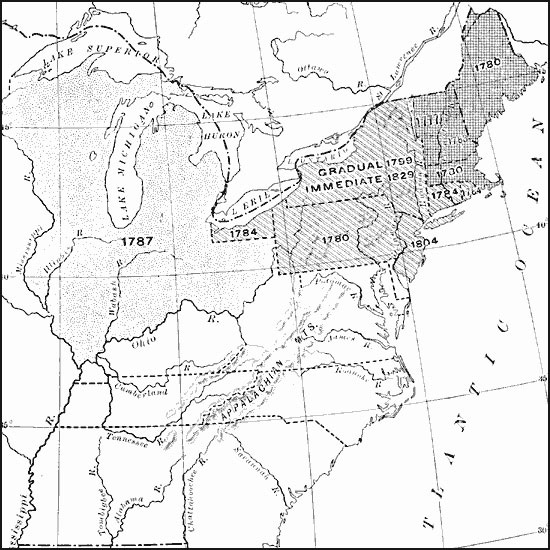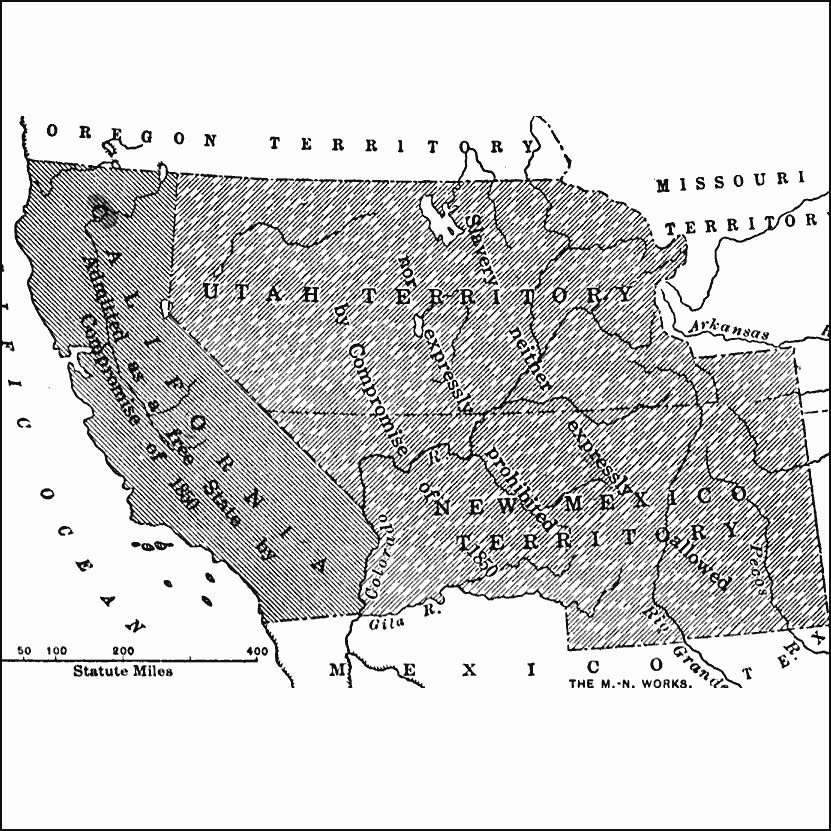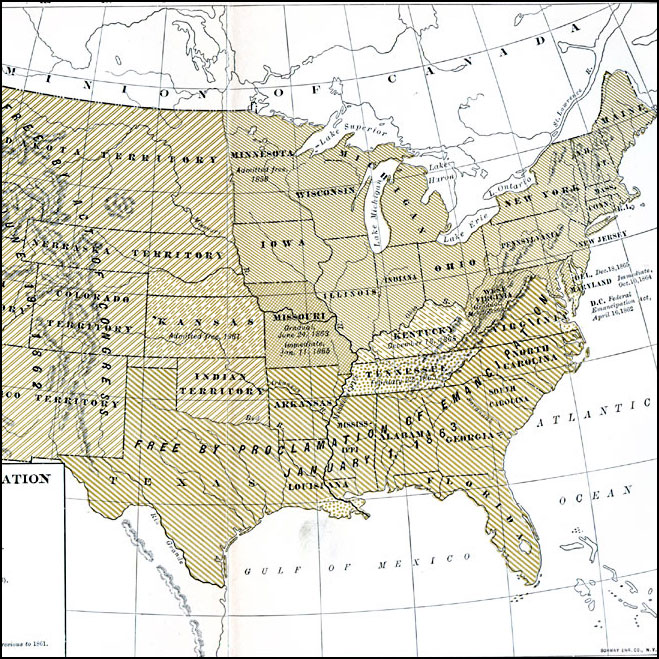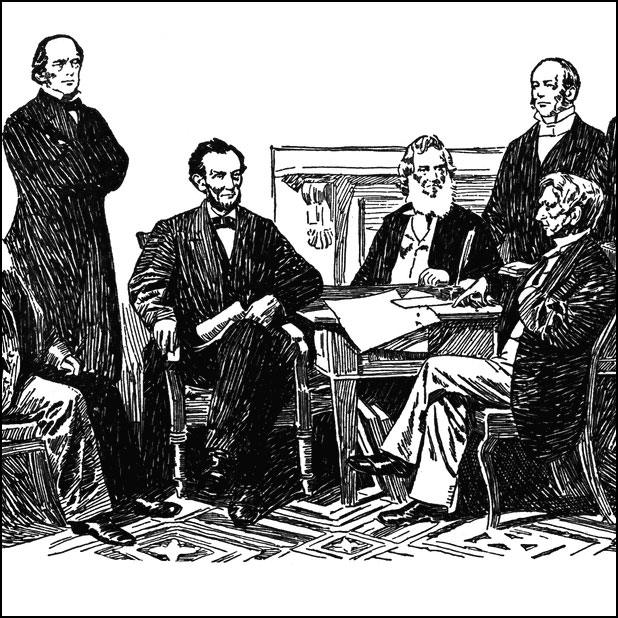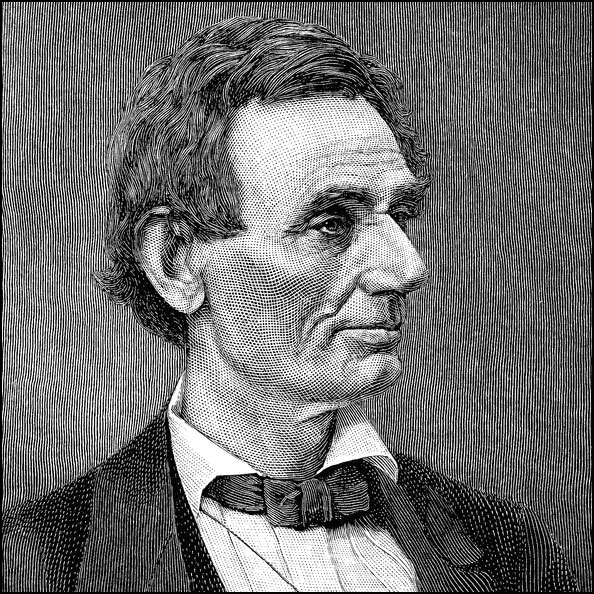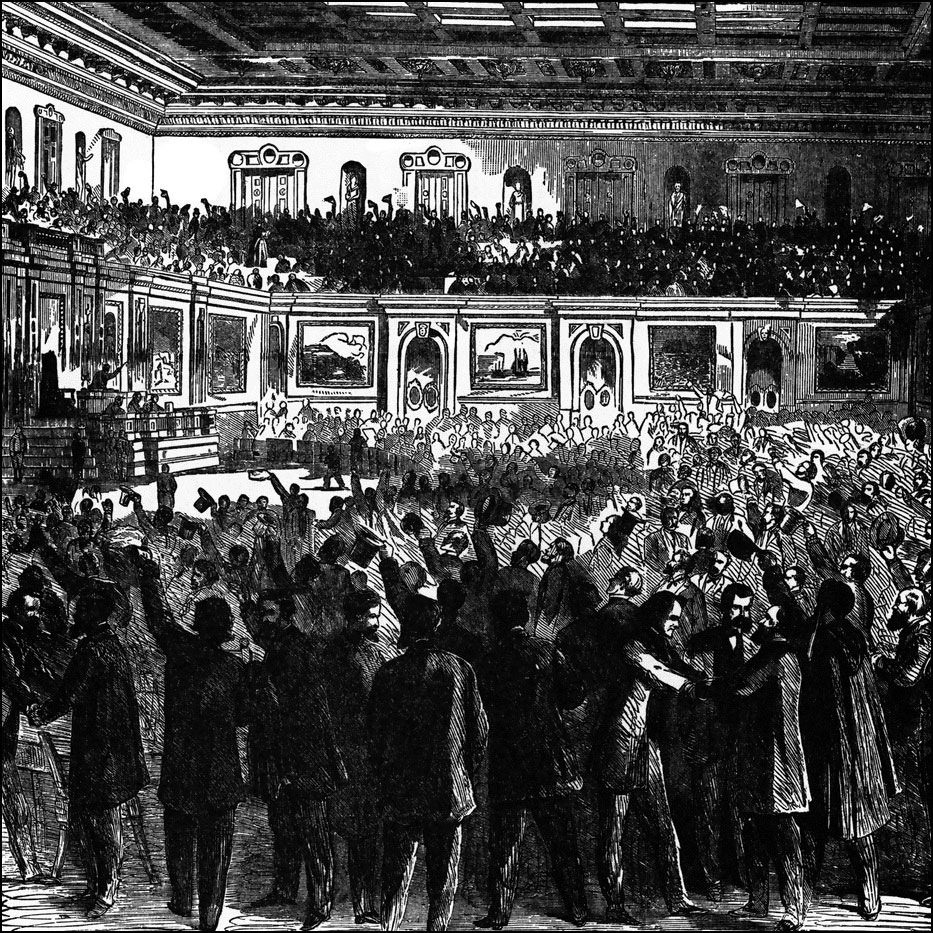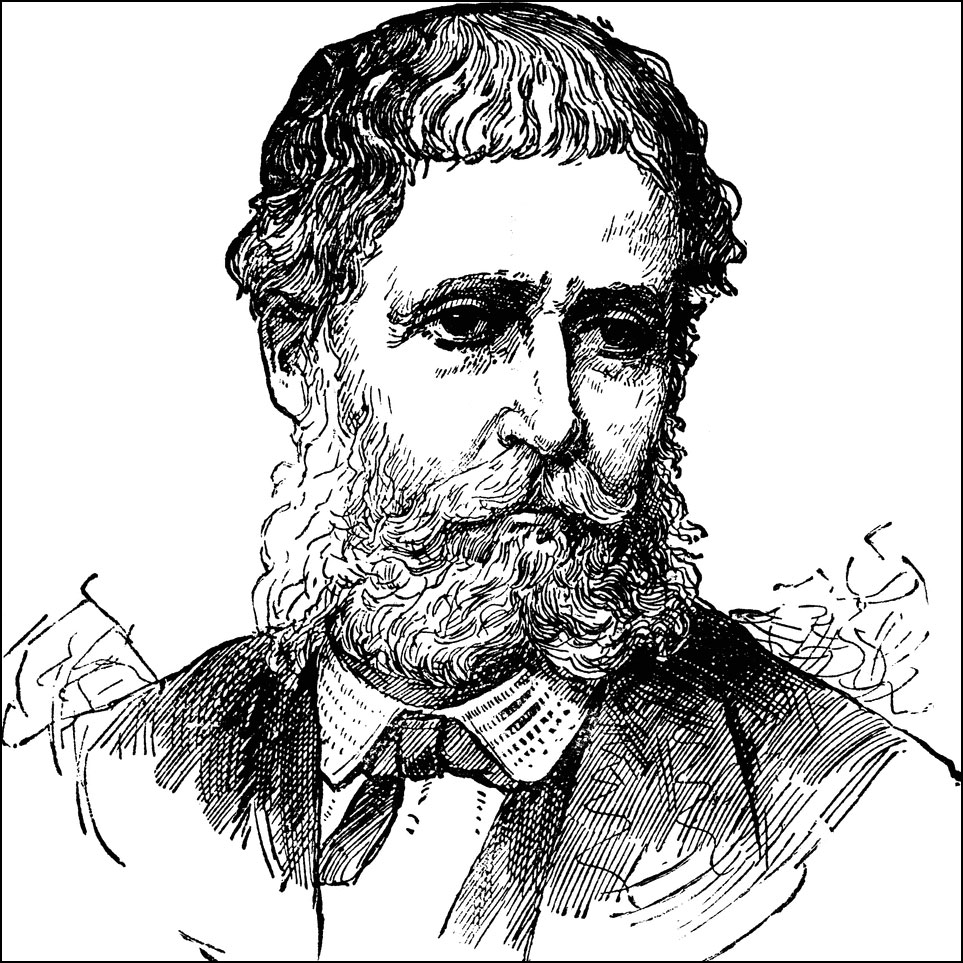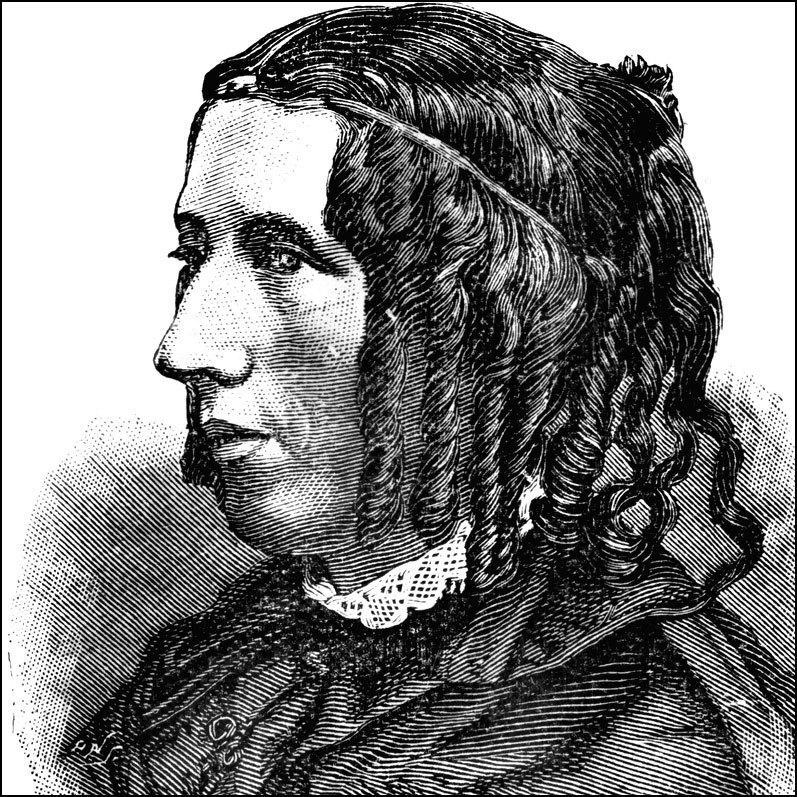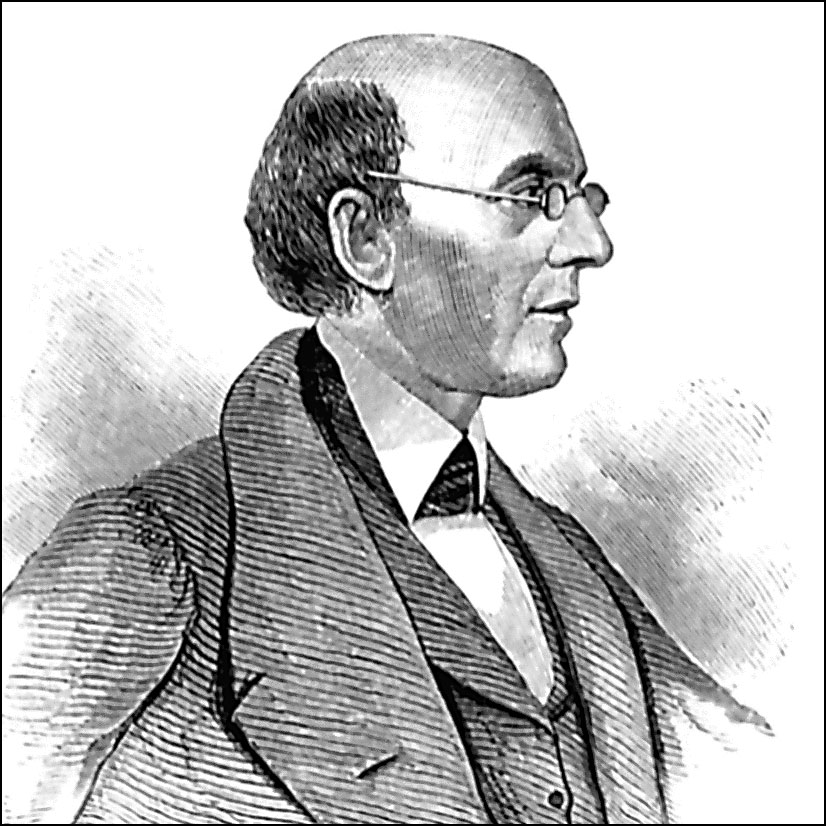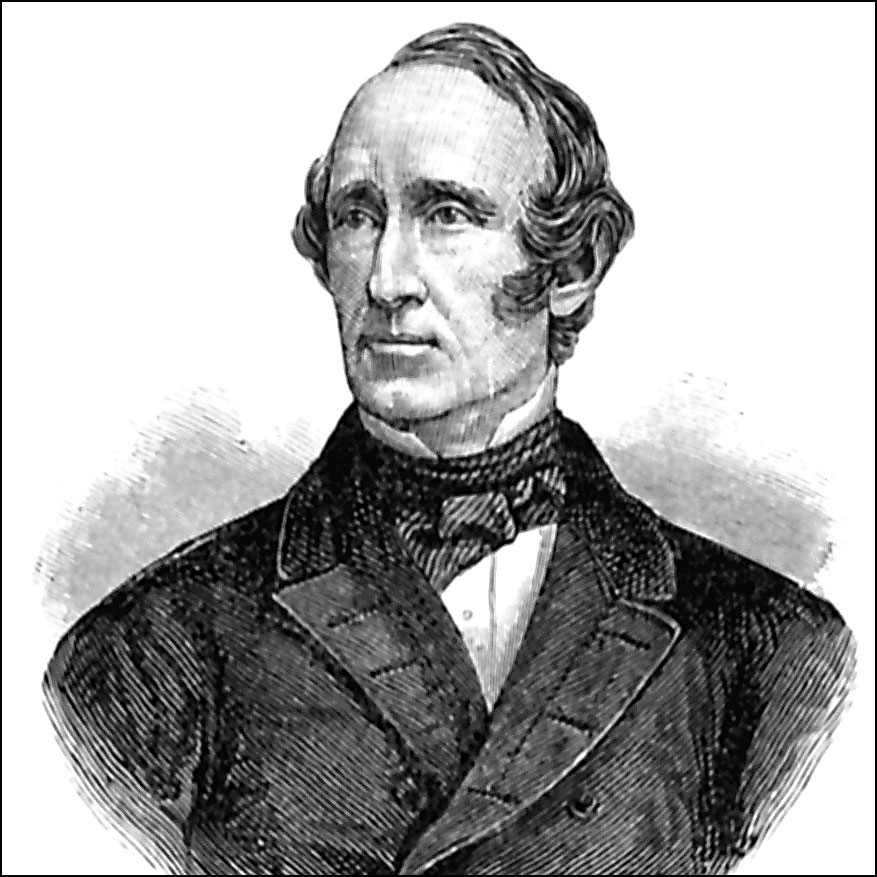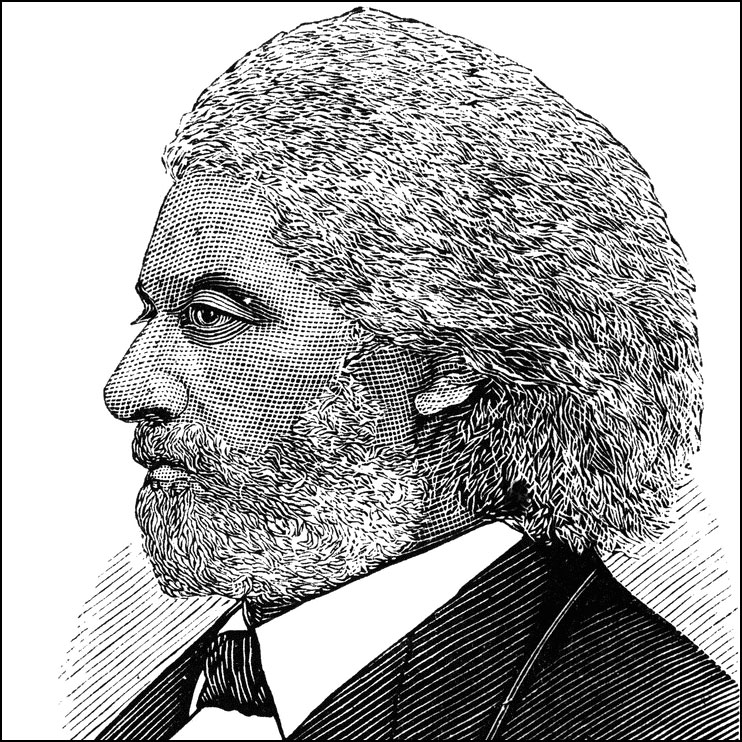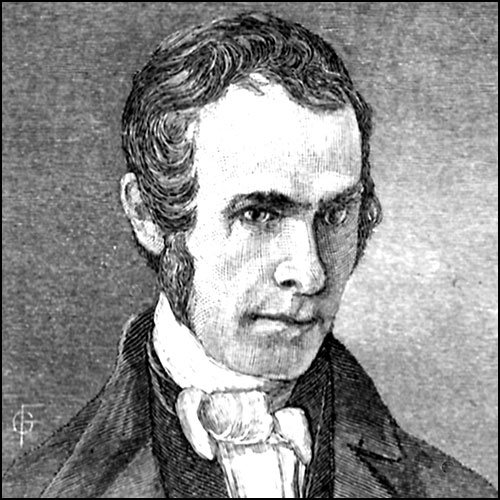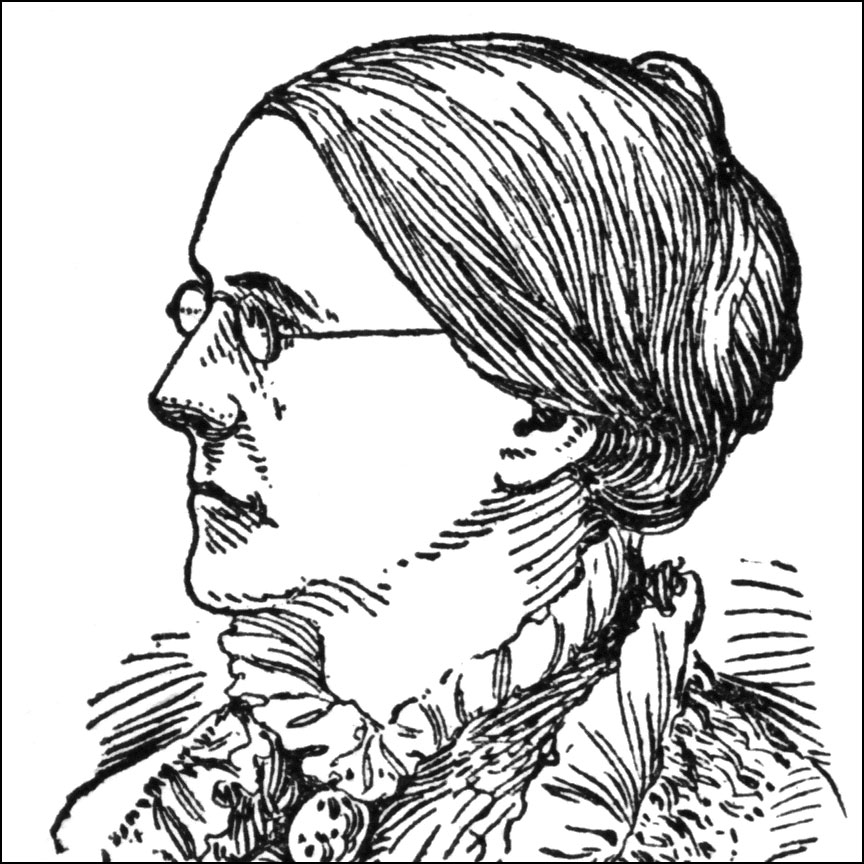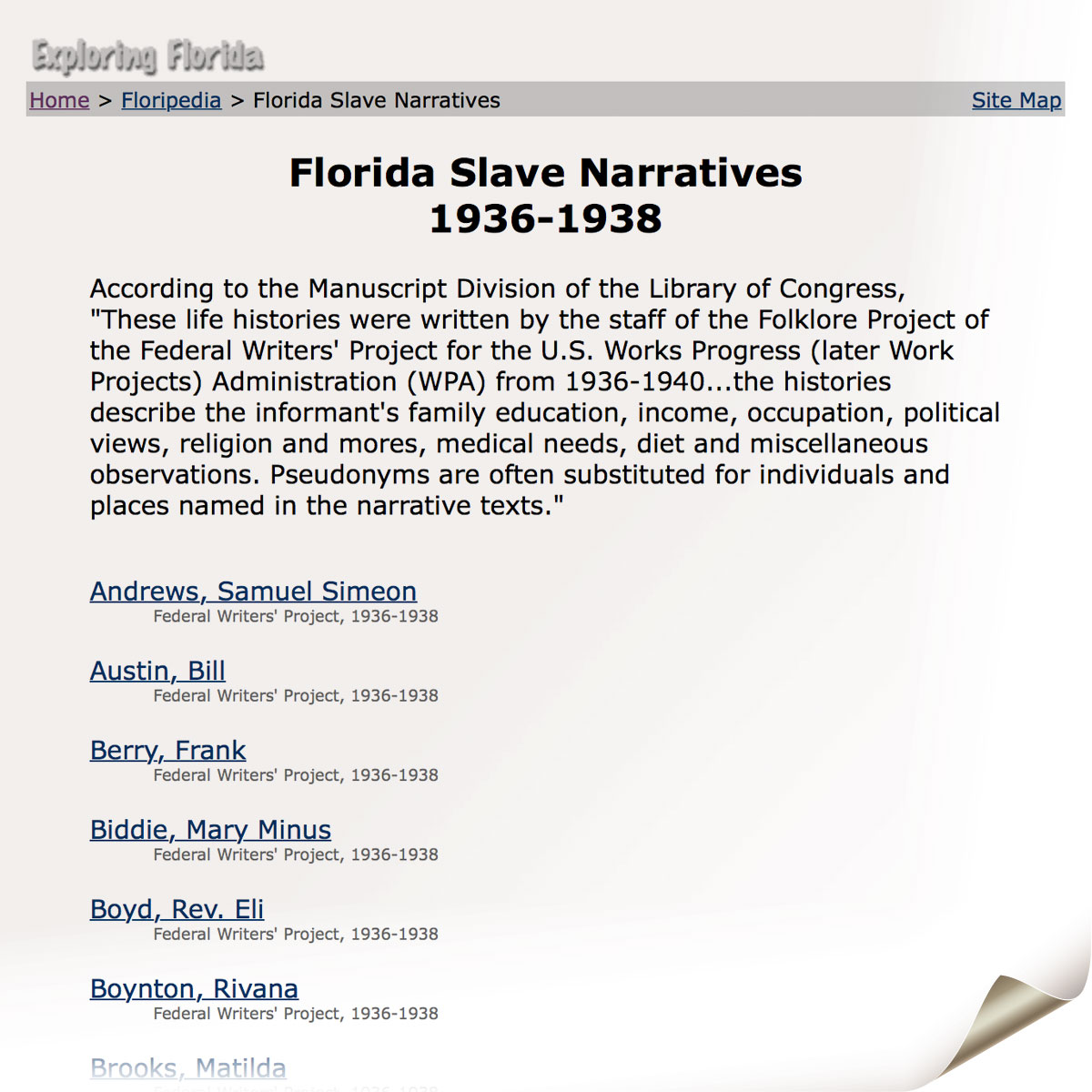June 19: Juneteenth Independence Day
On this date in 1865 the abolition of slavery in Texas was announced by General Gordon Granger at Galveston Island. The day has become a general celebration of the emancipation of African-American slaves throughout the Confederate South.
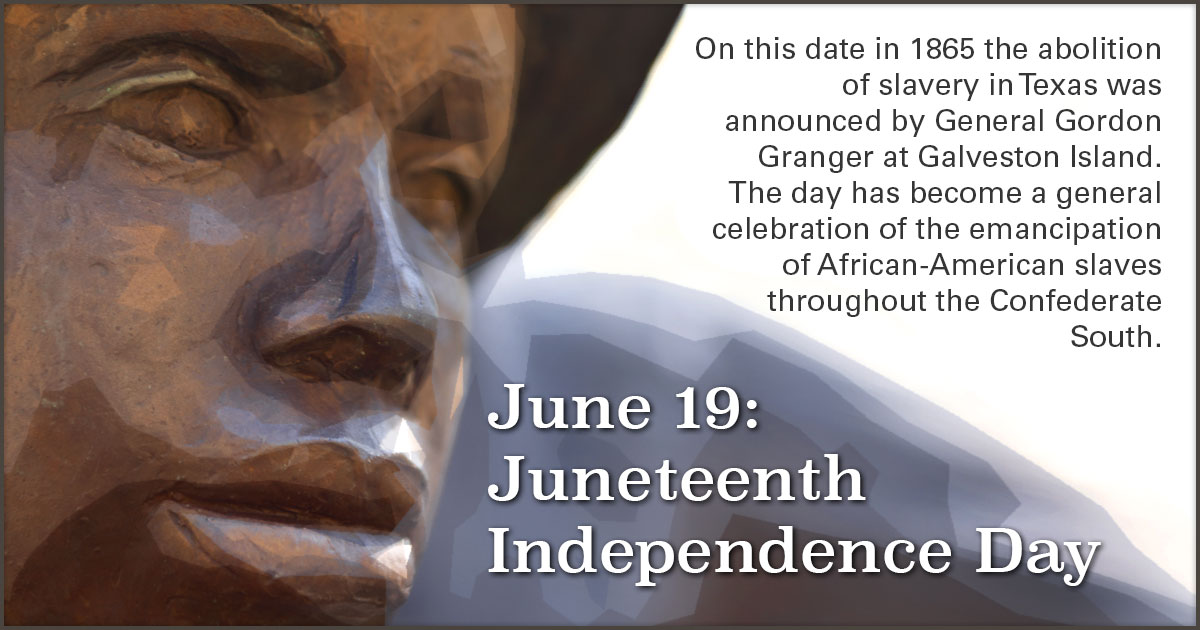
Juneteenth Banner
Use this banner on social media to share our collection of Juneteenth teaching resources regarding the struggle against slavery and the progress of emancipation in the United States.
The Emancipation Proclamation
The Emancipation Proclamation consists of two executive orders issued by United States President Abraham Lincoln during the American Civil War. The first one, issued September 22, 1862, declared the freedom of all slaves in any state of the Confederate States of America that did not return to Union control by January 1, 1863. The second order, issued January 1, 1863, named ten specific states where it would apply. From the Lit2Go website. Duration: 5 minutes.
My Bondage and My Freedom
My Bondage and My Freedom is an autobiographical slave narrative written by Frederick Douglass and published in 1855. It is the second of three autobiographies written by Douglass, and is mainly an expansion of his first (Narrative of the Life of Frederick Douglass), discussing in greater detail his transition from bondage to liberty. Douglass, a former slave, following his liberation went on to become a prominent abolitionist, speaker, author, and publisher. Lit2Go
No Compromise with the Evil of Slavery
William Lloyd Garrison discusses the far reaching implications of the institution slavery in the United States in this 1854 speech on the Lit2Go website. Duration: 9 minutes.
Frederick Douglass' Speech to the People of Rochester
Excerpt from Frederick Douglass’ 1852 speech outlining the hypocritical nature of slavery in the United States of America. From the Lit2Go website. Duration: 13 minutes. Also available as PDF.
Oration in Memory of Lincoln
Frederick Douglass speaks at the unveiling of the Lincoln Monument in Washington, D.C., April 14, 1876. on the Lit2Go website. Duration: 26 minutes 23 seconds.
The Dawn of Freedom
“The Dawn of Freedom” covers the period of history from 1861 to 1872. It is chapter 2 of W.E.B. Du Bois’ The Souls of Black Folk from the Lit2Go website. Chapter duration: 44 minutes. The passage is also available as a PDF.
Emancipation, 1777-1804
A map of the eastern United States showing the progress of emancipation from 1777 to 1804. The map is coded to show states and territories with dates of emancipation, including States granting emancipation by State Constitution, State Statutes (gradual), territories granting emancipation by Congressional Ordinance, and the slave holding states in 1800. From the Maps ETC website.
The United States, 1821
A map of the United States in 1821 showing the states and territories which either accepted or abolished slavery after the Missouri Compromise of 1820. The map is color–coded to show absolutely free states, states undergoing gradual abolition, free by the Ordinance of 1787, territory free by the Missouri Compromise, and slave states and territories. From the Maps ETC website.
Slavery and the Slave Trade, 1830–1850
A map of the United States during the period of 1850 to 1850 showing the effects of slavery, the slave trade, and the abolition movement on territorial development. From the Maps ETC website.
Kansas Territory, 1854
A map of the Kansas Territory in 1854 showing the area of dispute over the issue of allowing slavery in the territory or abolition as a result of the Kansas–Nebraska Bill of 1854. From the Maps ETC website.
Emancipation, 1850–1865
The map shows the states and territories 1850-1865, and notes the stage of emancipation and dates of change, and is coded to show areas of Union States freed by state action (1861–1865), seceded states and counties excepted from the Proclamation of Emancipation, areas freed by the Proclamation of Emancipation (1863), areas freed by the Territorial Act of Congress (1862), areas freed by the Thirteenth Amendment (1865), states that entered the Union as free states (1802–1864), and the original slave states, freed by state action previous to 1861.
The United States, 1860
A map of the United States in 1860 showing the states and territory boundaries at the time, and is color–coded to show the slave States and distribution of slaves, the free states, and the territories, all open to slavery under the Compromise of 1850 from the Maps ETC website.
Emancipation Proclamation
“First Reading of the Emancipation Proclamation of President Lincoln” by Francis Bicknell Carpenter. From the ClipArt ETC website.
Abraham Lincoln
U.S. President 1960-1865 and author of the Emancipation Proclamation. Illustration from the ClipArt ETC website.
Congress
A view of Congress passing the amendment to the constitution prohibiting slavery. Illustration from the ClipArt ETC website.
John C. Frémont
Frémont (1813-1890) was an American military officer, explorer, the first candidate of the Republican Party for the office of President of the United States, and the first Presidential candidate of a major party to run on a platform in opposition to slavery. Illustration from the ClipArt ETC website.
Harriet Beecher Stowe
Stowe (1811-1896) was an abolitionist, and writer of more than 10 books. Illustration from the ClipArt ETC website.
William Lloyd Garrison
Garrison (1805-1879) was a leading abolitionist. Illustration from the ClipArt ETC website.
Wendell Phillips
Wendell Phillips (1811–1884) was an American abolitionist and anti-slavery orator. Illustration from the ClipArt ETC website.
Wendell Phillips Statue
Full view of the Wendell Phillips statue at the Boston Public Garden from the ClipPix ETC website. A close-up view of the same statue.
Frederick Douglass
Douglass (c. 1818-1895) was an abolitionist, editor, and speaker. He is also known as “The Sage of Anacostia” and “The Lion of Anacostia.” Illustration from the ClipArt ETC website.
John G. Whittier
John Greenleaf Whittier (1807-1892) was an American Quaker poet and advocate of the abolition of slavery in the United States. Illustration from the ClipArt ETC website.
Susan B. Anthony
Susan B. Anthony (1820-1906) was a school teacher who became a prominent agitator for the abolition of slavery. Illustration from the ClipArt ETC website.
Contraband Camp
A gallery of 66 photographs of the Corinth Contraband Camp from the ClipPix ETC website.
Slave Narratives
A large collection of former Florida slave narratives collected by the staff of the Folklore Project of the Federal Writers’ Project for the U.S. Works Progress (later Work Projects) Administration (WPA) from 1936-1940. Many of the narratives mention emancipation. Documents available from the Exploring Florida website.

